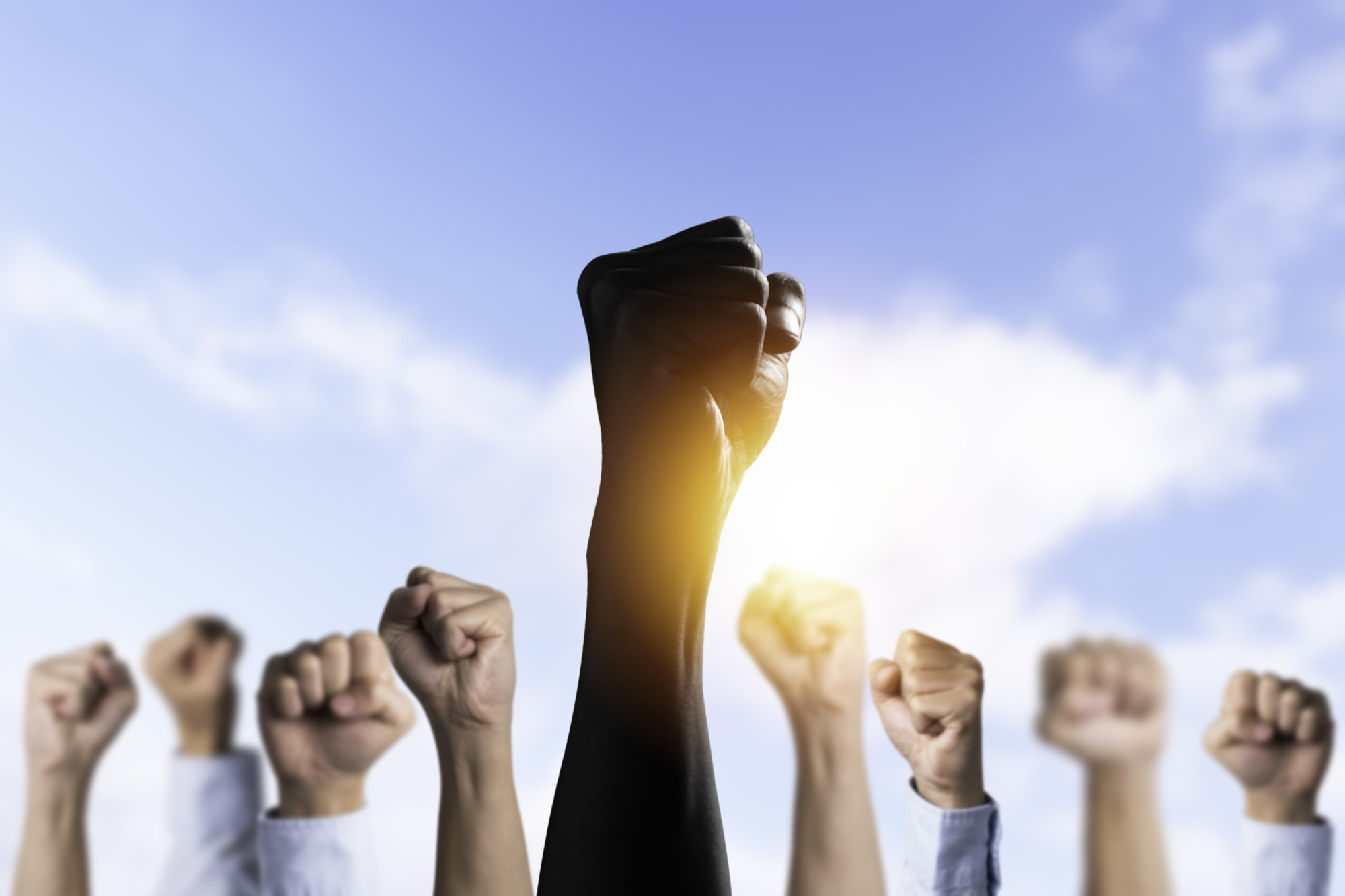We've always done better as a society when we lived together in communities. A country is just a big group of people living together; like any other group, it needs to be ruled. Let's learn about what the government is for and what it does. We'll also examine the differences between democracy, autocracy, and oligarchy.
How does Government work?
It's not uncommon to see news about a new law or policy change in the news or on social media from time to time. In recent years, the demonetization move and the start of the GST have caused a storm in the country. Most of the time, politics are at the center of every conversation. What went well or what didn't? Sometimes it's about raising the price of gas, and sometimes it's about keeping the peace or helping people. Ultimately, all of these topics or talks are about the government.
What is a government, then? A government is a group of people who work together to take care of or run a country or state. Every government has its constitution or set of basic rules that it must stick to run well. Describe your concept of governance? How does it work? Once in place or chosen, the government controls the country's social welfare, law and order, defense, and finances.
What a government needs to do
Even though the list is long and complete, let's talk about a few of the government's most important jobs. A government must ensure its people are safe by passing laws that work. A government must establish a reasonable police force, a fair court system, and a strong military.
Next, a government must build infrastructure and provide public services to help people's social welfare, health, and growth. In addition to providing services and building things, a government must run a country's economy well. And this means controlling inflation, ensuring enough foreign reserves, and encouraging investments from other countries.
The environment must be safeguarded against greater disregard by the government. It should establish wildlife refuges, clean up its local and international seas, and invest in renewable energy and electricity sources.
Governmental Levels
You already know that a government has a lot of responsibilities to its people. From making good policies to building public facilities, a government needs to ensure that everything is done well so people can use it. That's why a government has different levels. For example, each Indian state has its government. And each state, each district, or village is run by a different local government. Each village also has its Panchayat. These levels ensure that the central government's policies and rules are followed all over the country.
How the government works
Now that you know what the government should do let's look at who makes up the government. India is a democracy, which is something we all know. But there are a lot of other places that are not democratic. Let's look at some different kinds of government.
Democracy
In a democracy, the people of a country help choose its head or leader. The people have a hand in putting together a government. They have the right and freedom to vote for a party they want to be in charge of. The right to vote has nothing to do with money, social class, or race. In a democracy, different political parties each have their plan for how a country should be run. A democratic government comprises a group of people who all agree that one party should be in charge.
There are different kinds of democracies, like republics, constitutional monarchies, and presidential and parliamentary systems.
Autocracy
A type of governance known as an autocracy is one in which a single person or group has absolute authority or dominance. People or outside authorities have no say in what this person or thing does. Absolute monarchy is an autocracy in which a family or group of families, also called royalty, runs a country. In an absolute monarchy, the job of the monarch is passed down through the family. In this system, there are no laws or rules that limit the power of the monarch. Saudi Arabia, Brunei, and Oman are all places with absolute monarchies.
But there are now constitutional monarchies, elected monarchies, crowned republics, and even symbolic monarchies. In a constitutional monarchy, the sovereign's power is based on the constitution, whether it's written or not. In contrast to a hereditary monarchy, the people choose the head of an elective monarchy. In a symbolic monarchy, the monarch doesn't have much power over the constitution. The monarchy is more of a symbol or a ceremony.
Now, dictatorship is also part of autocracy. And there are two kinds of dictatorship: civilian and military. When one civilian holds all of the power, this is called a civilian dictatorship. This civilian can be a monarch, a dictator, or someone who was elected. It is well known that dictators such as Adolf Hitler, Joseph Stalin, and Mao Zedong ruled the world.
When the military seizes authority in a nation, a military dictatorship develops. The military can overthrow the ruling party for more than one reason. The goal of its formation might sometimes be to protect citizens against dishonest politicians.
 PDF Magic
PDF Magic



